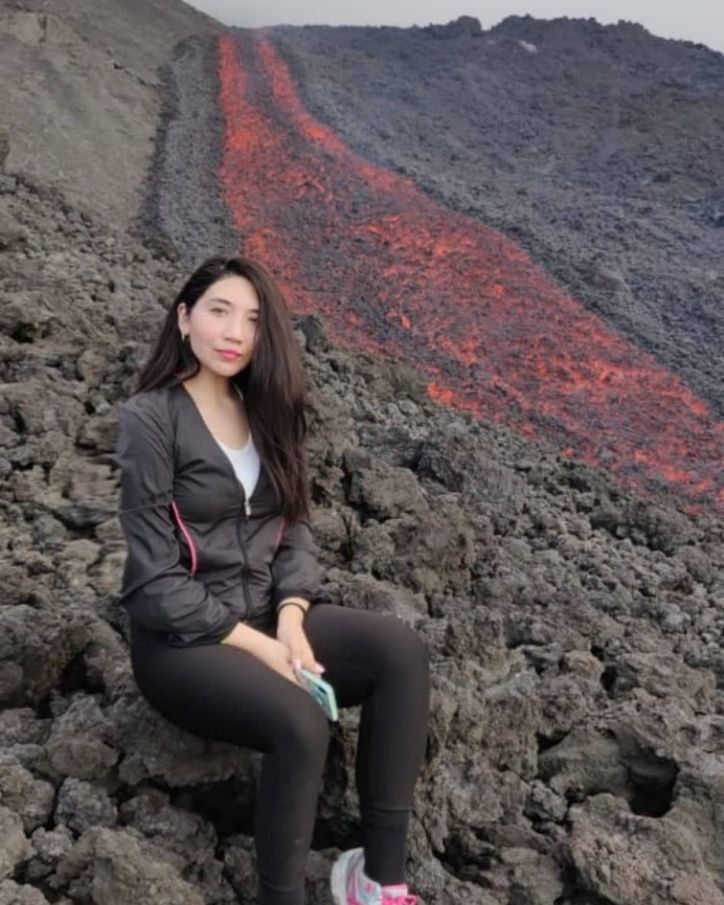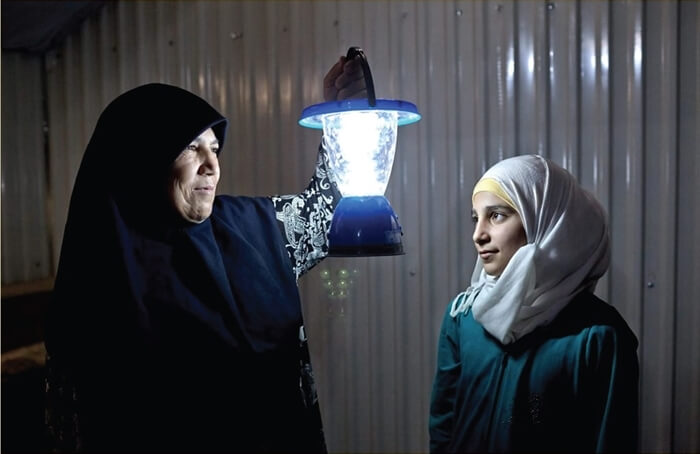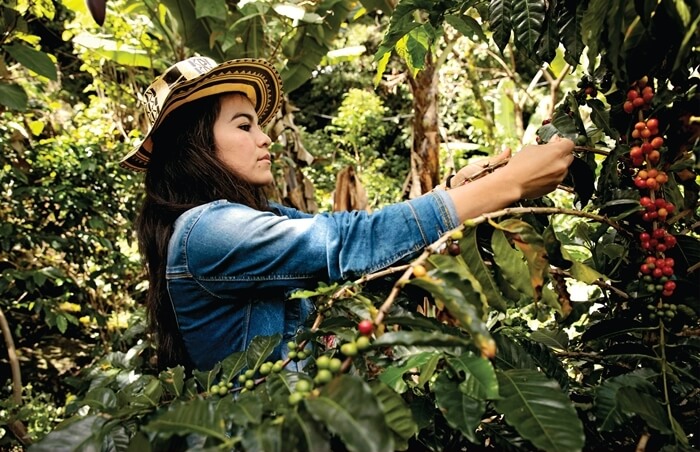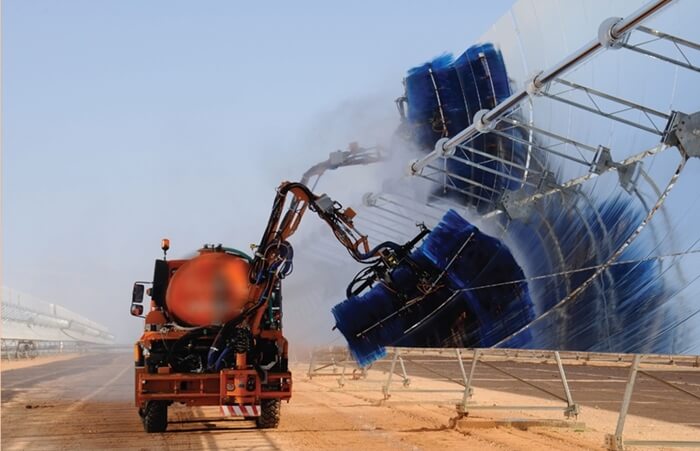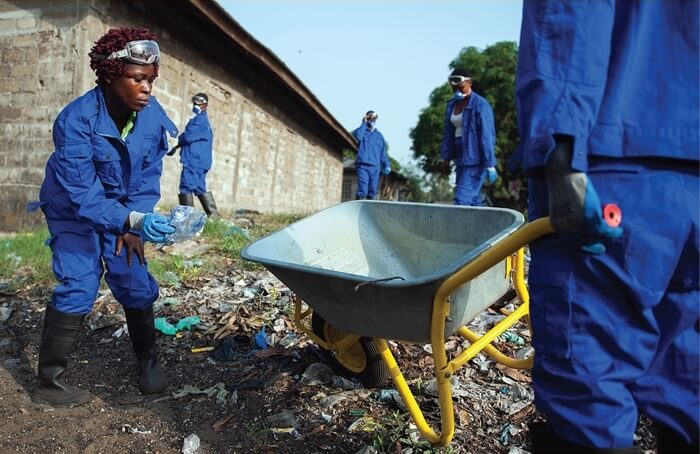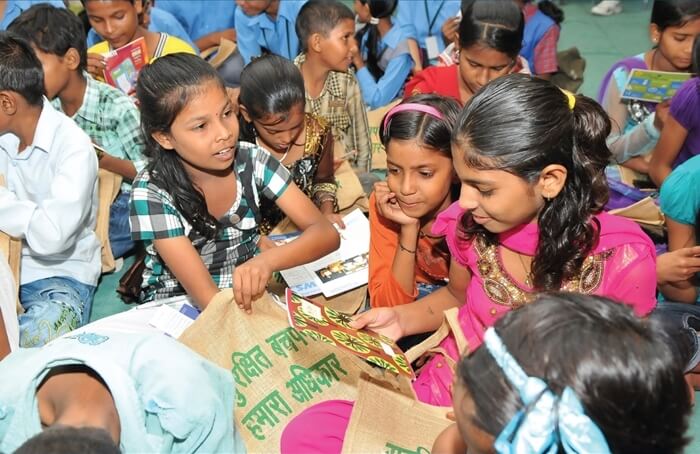Excerpt from nature.org
When Zulfa Hassan goes to work, she carries the seedlings of a future forest. She plants the new trees one by one where a tropical mangrove forest once grew on Kenya’s Pate Island. It’s not hard to imagine that this barren patch of coastal wetland will again be a lush tangle of life.
Working while the tide is low, she and the women alongside her handle the tender seedlings with care. They dig holes with bare hands in the saturated soil, spacing the plantings a few feet apart and giving each one the elbow room it needs to start a new life.
Most Fridays, the women trade the bustle of village life for the quiet coastal forest nearby. Dressed in brightly colored hijabs, their voices, easy laughter and singing mingle with birdsong. Hassan, an energetic 33-year-old mother of four, is the elected leader of the Mtangawanda Women’s Association, which she helped to establish four years ago to restore mangroves around her community. She has come to be known as Mama Mikoko—“Mother Mangrove” in Swahili.
The fishing communities of Kenya’s Lamu Archipelago have always relied on their mangrove forests. The spindly looking trees provide wood for homes and for boat building. Yet for many years, Hassan says, the forests were being cut down too quickly by outsiders. “We knew loggers cut mangroves to get money but didn’t realize they are destroying mangroves in the process,” Hassan says. It was commonly thought that the mangroves would regrow on their own, but demand for the wood outpaced the trees’ ability to replenish the forest.

Island Innovation is a social enterprise and digital media company at the intersection of sustainable development and communications, offering specialised services across various sectors. We bring together the private sector, government, utilities, NGOs and universities to advance innovation for sustainability and prosperity in islands worldwide.







